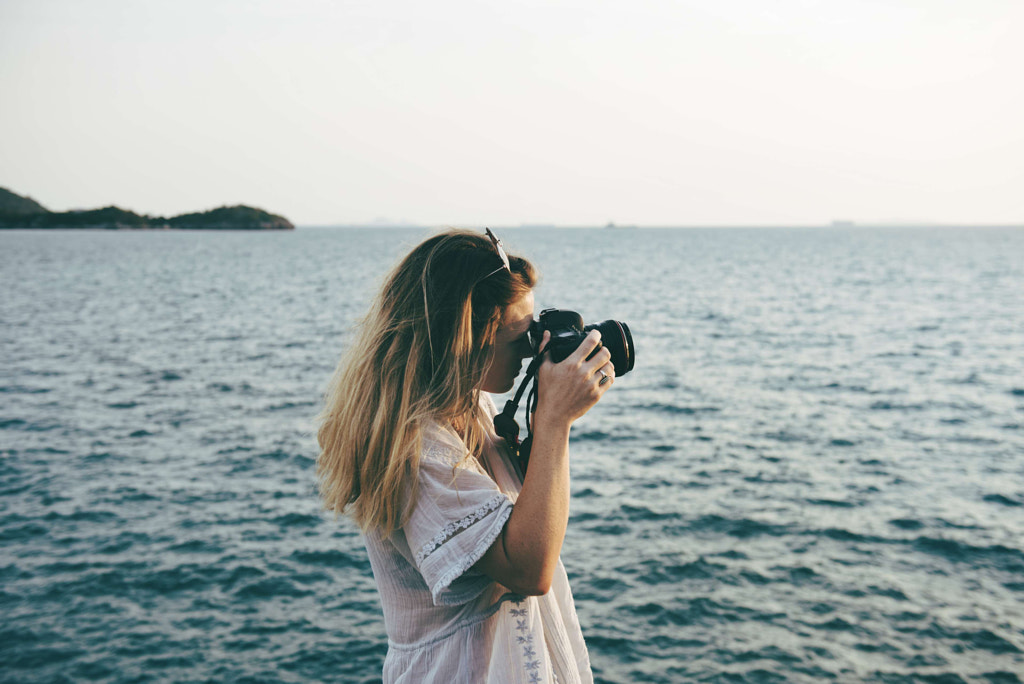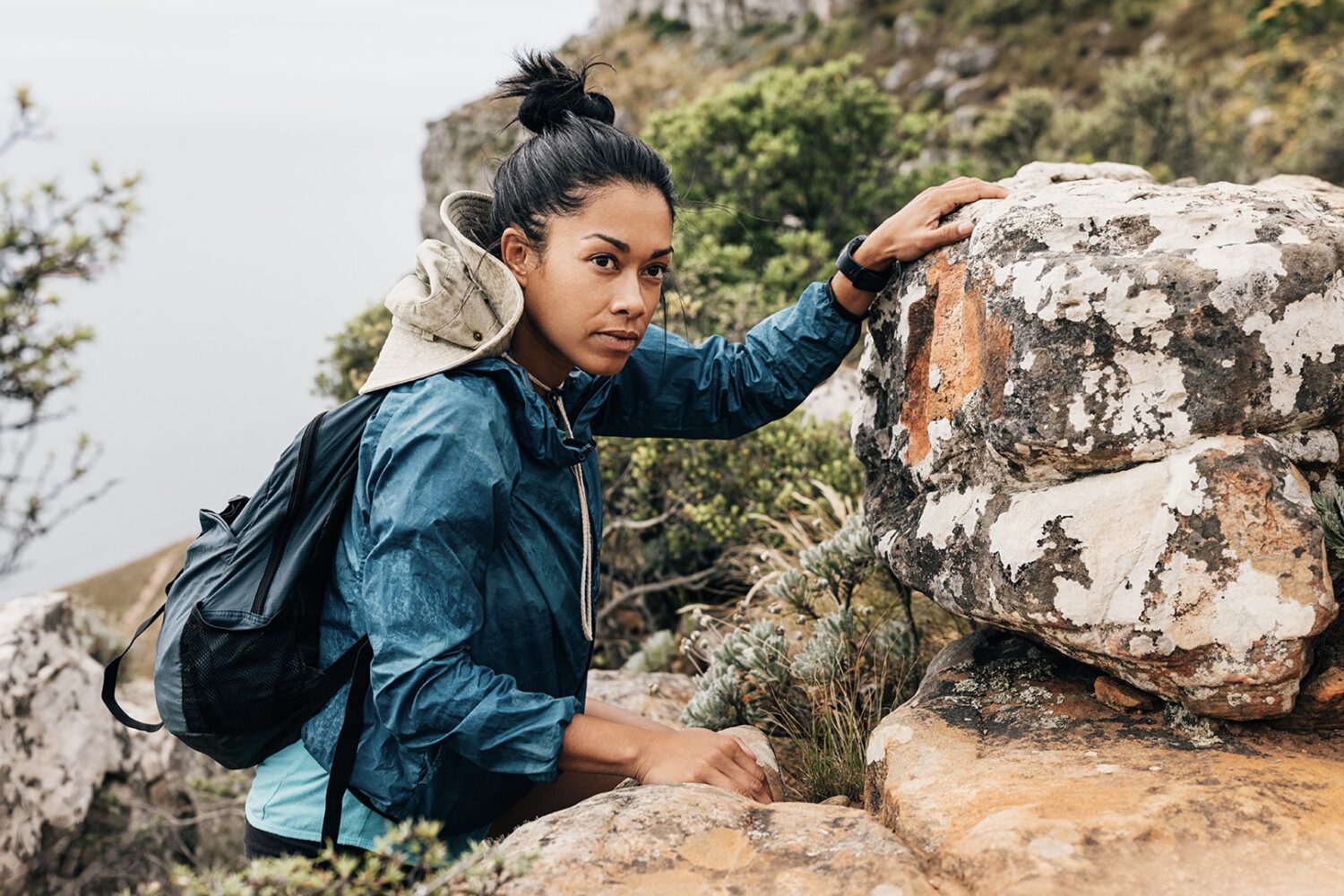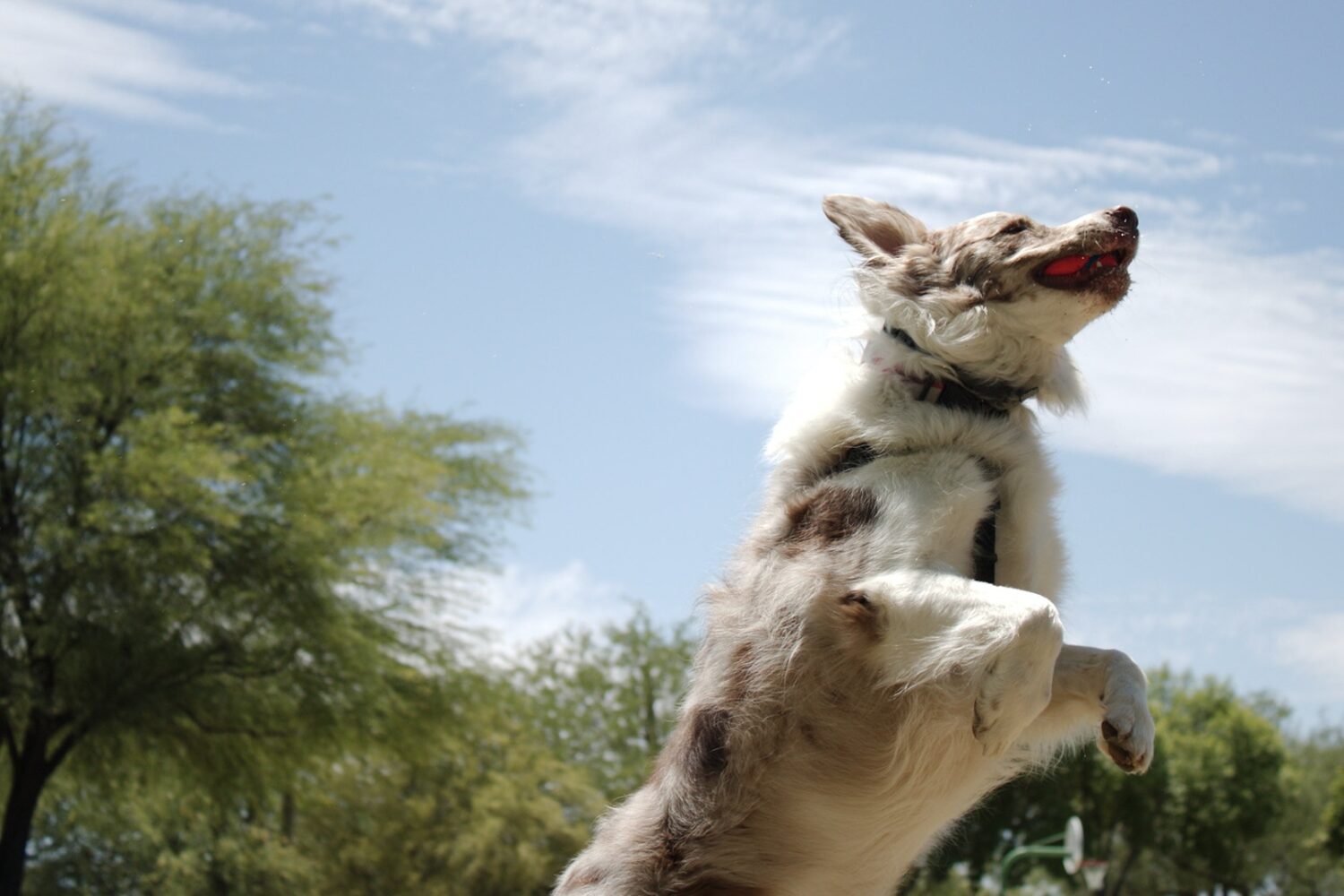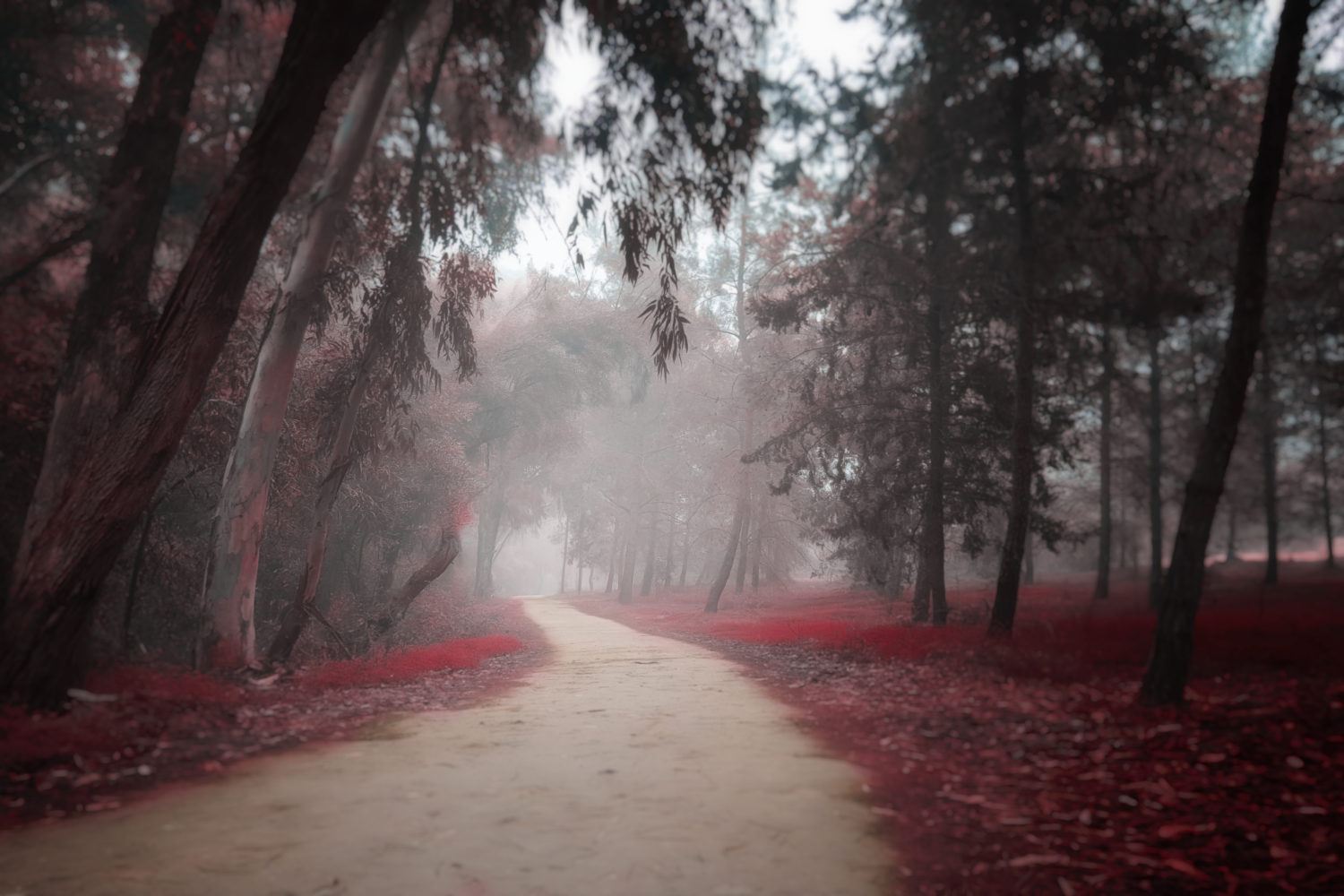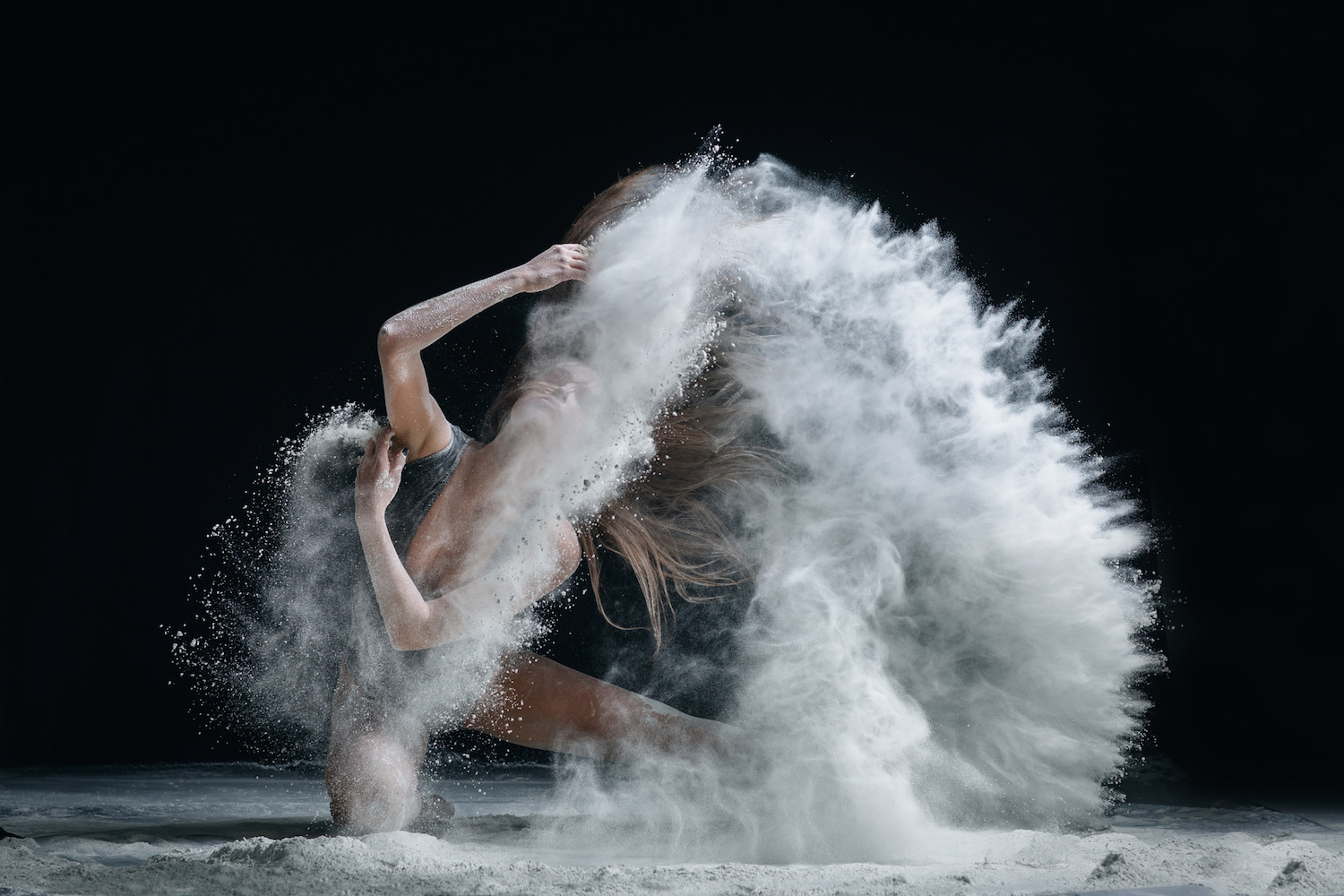This blog post is a guest feature written by the team at The Photographer Mindset.
1. Prioritize Your Health Before Anything Else
“Hustle Culture” is a movement that has good intentions behind it, but that gets misinterpreted by so many people. The basic ideas behind it, “work harder”, “no excuses”, etc. are good ones. They inspire people to be more disciplined, strive to achieve more, and to demand a better life for themselves by utilizing tools they already have within their minds.
The problem as with any ideology is when it gets taken to the extreme. The idea that if you’re getting a full 8 hours of sleep, you’re not working hard enough or that to succeed you need to disappear for a while, is totally bogus. It hurts you in the long run. I was there. I know what it’s like to live that life and then hit the wall at full speed.
I’d work until 3 in the morning building my website, creating networking opportunities, consuming information online, watching YouTube videos… I was sleeping from 3am to 8am almost every single day. I felt awful, my diet was terrible, I could barely keep my eyes awake in school, and my workouts suffered. I can’t tell you the number of times I almost fell asleep at the wheel driving. I used to pull into rest stations along the highway to take 20-minute power naps on my center console and then refuel with a Red Bull. I was on a slow path to self-destruction. At the time I thought “This is what it takes to achieve great things. All people who have made something of themselves must sacrifice their health and must feel like this. This is what uncommon people do.”
I constantly made stupid mistakes, forgot things and appointments, became irritable with friends and family, and my failures weighed on me. It would at times amplify into anxious and depressive feelings. I knew I had to stop and find a way to put my health first, otherwise, I’d burn out and make a costly or unforgivable mistake. At first, I felt like I had failed and that every extra minute I spent sleeping, stretching, reading, or meditating was a waste of precious time that could be utilized doing “work”. Today absolutely nothing comes before my physical and mental health. If I can’t be and feel my best, how am I supposed to show up properly for my friends and my family? How am I supposed to give maximum focus to my work? How am I supposed to give the best photography service to my clients?
My current mental and physical health routine has helped me become a better person and a better photographer and podcaster. I wake up, have a cold shower, stretch for 15 minutes, write in my gratitude journal, eat a meal with whole foods, read, workout or run all before I give any attention to my photography, business, or podcast endeavors. Putting my health as number one on my list has been pivotal in generating higher levels of mental clarity. It’s something I would never change or sacrifice for anything or anyone.
If I was sitting across from my younger self, I’d tell him to stop being so addicted to productivity. Get some rest and figure out a way to prioritize your life better. I’d tell him that discipline equals freedom. Focusing on health wealth will serve you much more than your current strategy of work, work, work, and will make you a more productive person in the long run with an engine built to last.
2. Don’t Feel Bad Asking Things of People
Every person in every field of work no matter how skilled they are, started from a place of beginner status. In a culture where our phones and social media force us to see and admire all kinds of successful people, we can forget that their journey started with a first step. Our ego sometimes tricks us into thinking that we can get to where we want to go without needing support or burdening others. I thought I could figure all things out on my own. That it would be more satisfying to come to conclusions and discoveries through my own trial and error. While there is a place for trial and error and failure, sometimes you need to ask for guidance from those you look up to, even if they seem unapproachable. Even if you are given clearly laid out steps to work towards your goals, there is still trial and error and creativity in how you apply those concepts to your own unique situations.
I would have told my younger photographer self to put his pride aside and start asking as many questions he deemed relevant to people who were in positions he’d like to be in. I’d also tell him that no person, no matter how big or famous is unapproachable. They all started from ground zero. Asking questions and for help will act as a knowledge accelerator and save you precious time and energy. For the most part, I’ve found that most people have an evolutionary desire to pass along information and feel good when they have helped another human being advance. People get a dopamine rush when a piece of advice they give pays dividends to the receiver.
Also, your family, friends, and followers are an integral part of your journey. If they are people with integrity and that care about you, they will want to see you succeed. Ask them to comment on your latest post, ask them to rate your podcast, and ask them to recommend your photography services to friends when there is a potential opportunity. Your inner circle exists in part to support you as you are there to support them. Being able to participate in your success is a feel-good moment for those closest to you. You are giving additional purpose to those individuals, so don’t be selfish and deprive them of that joy. I would tell my younger photographer self to ask for favors, ask for support, and be ready to give it back when they need it or could use it.
3. Focus More on Adding Value & Less on What You’ll Gain
I very much used to focus on how I could utilize certain people, situations, and scenarios to my advantage or to benefit my own endeavors. I thought if I could cleverly position myself, say the right things, or have the “you scratch my back I’ll scratch yours” approach, I would get ahead quicker. I treated relationships in a very contractual manner and was constantly keeping score in my head of who had given or taken more in a relationship.
It wasn’t until I heard the phrase “You go into any relationship to give” that I had an epiphany. In that moment, I understood that my current approach to building relationships, clients, and opportunities would continue to be met with resistance unless I altered my mentality. I realized I should be focusing entirely on the other person or audience’s needs and desires. It would allow me to live a more harmonious and meaningful life and collaborate with people rather than compete.
I started going into situations solely focused on how I could add value to my end recipient. To clarify, I didn’t think about it from the point of view of “if I give value, I’ll gain”. I decided that I would do my best to make other people look good, feel good, help them learn something, help them achieve their outcome, and not keep score. Every Instagram post, every shoot with a client, and every podcast episode now always has the same thought process behind it “How can this make the viewer, listener, or recipient’s life better?”
Since taking this approach, many things have happened to me that didn’t happen before. My network has expanded with many new friends and business partners, more opportunities have presented themselves, more people have recommended my services, and the podcast audience has grown. If I was sitting with my younger photographer self, I would tell him to focus all his attention on how to add maximum value to others and to understand that personal success and advancement would be a by-product of doing so.
4. Charge a Little More Every Time You Give a Quote After a Successful Gig
Before bringing this strategy up with my younger photographer self, I would first say “For a long time, you’re going to way undercharge for your service and that’s okay. Don’t get bogged down in hindsight. Laugh at yourself 10 years from now for what you’re charging now”.
We don’t know what we don’t know when we’re just starting out in anything. I was clueless about photography rates. I didn’t know when to be charging for my time vs. per photo or what those rates should even look like. I thought because I was a beginner that my prices should be dirt cheap just to get a foot in the door. At one point I was charging $60 for 3 hours of work when editing was all said and done. Today my day rate is somewhere around $1400.00 or close to $175.00/hour. This obviously comes with time and experience. I hope this number continues to expand in correlation to my experience and knowledge.
While there is a time and a place for that lower price along with free “speculation work”, severely undercutting on price and charging pennies, creates damage. Not only are you hurting your potential gains, but you’re hurting the photography industry and those trying to get paid more. It reinforces a precedent that we as photographers are constantly trying to avoid, that our work isn’t that valuable. How can photography be a valuable service when photographer x is charging $250 as their day rate? It puts a low baseline in terms of the expected price for a service in that client’s head. If enough prospects in need of photography services see the market priced too low, the value of our skillset diminishes.
The idea of “Charge a Little More Every Time You Give a New Quote” goes something like this;
Firstly, I figured out based on my skill level and client portfolio what a reasonable day rate, hourly rate, and per photo rate was for me specifically. I would quote a new client with one of these initial rates. If they said yes and the gig was completed, the next time I got a new client, I would raise my quoted price just a little bit (ex. I charged client A $600 for 3 hours of work. When new client B needed 3 hours of work, I would quote $650) If client B agreed to the price, the gig went through and was completed with no issues. I knew I should try to charge more when the next new client came around. For new client C, I would quote a little bit more than the last gig for the same service (this time $675 for the same amount of work as an example).
Eventually, you will hit resistance and your prospective clients will let you know you’re too expensive by turning your services down. This is when you know you’ve hit your own price ceiling and that you’re appropriately priced based on your portfolio, location, genre, or and other combination of factors unique to you as a photographer. Likely, your proper current rate is somewhere just below where you began hitting resistance.
This is a great tool to build confidence, fight imposter syndrome, and have a protocol that enables price discovery for your photography services. Let the market decide what you’re worth instead of the often self-doubting voice in your head. If people are willing to pay what you’ve quoted, then that’s what you’re worth. It’s a bulletproof self-fulfilling prophecy. I would hammer this home with my younger photographer self if I was sitting face-to-face with him.
5. Try as Many Genres of Photography as You Can
The beauty of photography is that once you have a camera and a lens or two you can essentially shoot anything you like. Nature, portraits, landscapes, automotive, street photography, and other genres are your playground to learn what genuinely interests you. There are so many different techniques needed in each genre that when understood, practiced, and mastered can serve you creatively in other genres. For example, wildlife photography which is usually shot with lenses in the 150-600mm range showcases great depth and compression because of the long focal length. This translates beautifully into portrait photography. Ever taken a portrait with a 400mm? Go try it and see for yourself the beautiful depth it gives. My point is, when you learn a technique from one genre it provides you with a tool to get creative in other areas.
Photographing every genre possible also lets you find out what makes you tick. Maybe you’re an extrovert and love talking to and interacting with people face to face. In this case, you could excel at portraiture where you’re dealing with a model or multiple models. If you love researching behavioral tendencies and enjoy quiet time, wildlife photography may be for you. Expose yourself to as many things as you can and see what brings you joy, excitement, and passion. Not every genre is going to stick, and that’s okay. But one or two will and it will artistically consume you. Let the camera in your hand be a catalyst or a tool to live a life of self-exploration and understanding.
Consider making your own list to your former self, either in written form or in your own head. It will help you recalibrate or show you how far you’ve already come on your photography journey.
So, which of these messages to my former photographer self do you find most valuable? Which are you most excited to institute if you haven’t already?
Not on 500px yet? Sign up here to explore more impactful photography.








